A little history of orthopedic surgery..
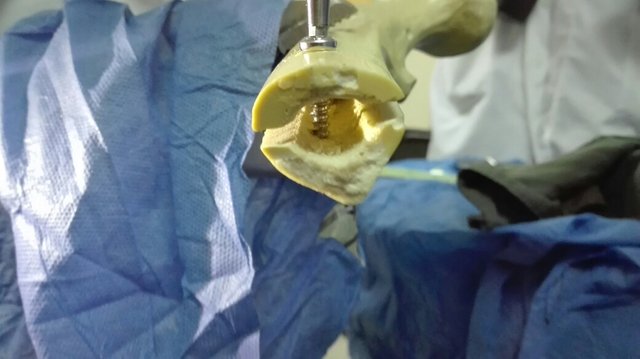
INTRODUCTION
Orthopedic Surgery, like many other specialties has been developed on the basis of need. A need to correct deformity, restore function and relieve pain. Orthopedic surgeons have developed the ability to prevent substantial loss of body function and in some cases can prevent the death of the patient. They seek perfection in their art, ensuring that the patient reaches an optimal condition in the shortest possible time using the safest method available.
History is very important to any surgeon, and in particular to the orthopedic surgeon. The orthopaedic surgeon is continually presented with innovative technology. This technology must be applied in your daily practice, but you will apply it better if you have prior knowledge of your art history. You should be familiar with the contributions that surgeons of the past made in your specialty and especially the mistakes they made in the process. The surgeon who makes a mistake that someone made before he should humbly accept that he may have a gap in his preparation. Those who think they have developed a procedure that no one has ever thought about should be cautious, because most likely someone has already done so in the past.
For orthopedic surgery to progress optimally, it is clear that attention must be paid to the history of the specialty. The past is our basis for future progress and we must build on it so that we too can act as a basis for future generations.

ORTHOPEDICS IN PREHISTORY
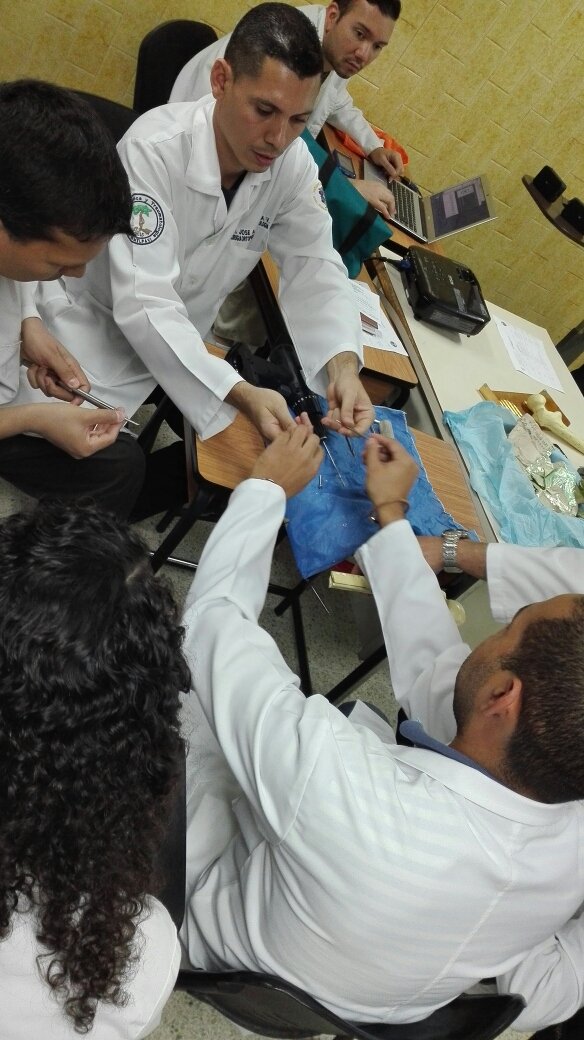
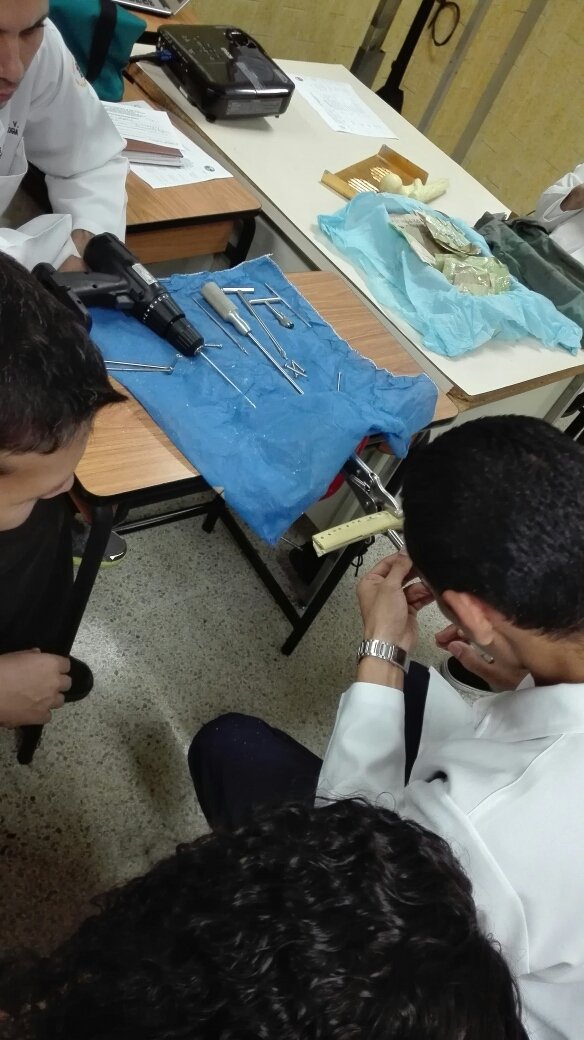
PRIMITIVE MAN
Although we do not have written testimonies, prehistoric man has bequeathed us his fossils. They show that bone pathology already existed in their time, hence an environmental cause for many of our common ailments seems unlikely. Evidence of fractured bones has been found, some of which were consolidated with quite acceptable alignment. It is interesting to note this, as it provides us with an ethical way of looking at the effects of not applying any treatment, for example, the instinctive application of rest and early mobilization. It is inevitable that, at some point, prehistoric man would create some crude splint, and its advantages would be recognized ever since. Primitive man was also probably the first to amputate limbs and fingers, and to trepan the skull.
ANCIENT EGYPT
Mummified bodies, wall paintings and hieroglyphics have shown us that the ancient Egyptians suffered the same afflictions that we suffer today. They have also taught us some of the orthopaedic practices of that time. Splints have been found in mummies made of bamboo, cane, wood or tree bark, cushioned with canvas. There is also evidence of the use of crutches, the oldest evidence of the use of a crutch being an engraving made in 2830 B.C. at the entrance to Hirkouf's tomb.
Perhaps the main source of our knowledge of the practices of the ancient Egyptians comes from a papyrus stolen from a tomb in 1862. That papyrus was later sold to an American Egyptologist named Edwin Smith, so it is sometimes referred to as Edwin Smith's papyrus. Its author is unknown, but it is thought to have been Imhotep. Imhotep was considered a genius in his day. He was a doctor, architect, astrologer and prime minister.
The papyrus describes physical exploration along with the understanding that the pulses reflect the action of the heart, from which the vessels were directed to the limbs. In this papyrus, lesions were classified according to their prognosis into three categories: a treatable condition, a combatable condition, and an intractable condition. The papyrus also described many cases and the treatment applied. These included reduction of a dislocated jaw, signs of spinal injuries, treatment of a fractured clavicle as well as signs and treatment of other fractures.
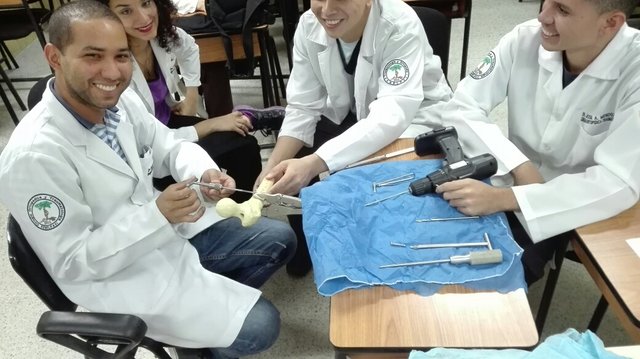
ANCIENT GREECE
Many of the principles referring to different conditions and their treatment have been attributed to the Ancient Greeks. They may be considered the first to use a scientific conception; they were also the first to describe in detail their history and progress. Homer himself, in his account of the Trojan War, allows us to understand the knowledge of injuries at that time and the treatment of those injuries. The Iliad also contains references to various deformities. The Greek anatomists of Alexandria during the 3rd century BC were also great innovators. Herophilus, thought to have dissected humans, is considered to be the first to distinguish sensory and motor components in nerves and was also the first to differentiate arteries from veins. Hegetor, also from Alexandria, but from the year 100 B.C., described in detail the anatomical relationships of the hip joint, and was the first to describe the round ligament.
In the period between 430 and 330 B.C. a very important Greek text known as the Hippocratic Corpus was compiled. It is named after Hippocrates, known as the father of medicine. Hippocrates was born on the island of Cos in 460 B.C. and died at an advanced age in 370 B.C. He is known for having given medicine a systematic and scientific methodology and for having defined for the first time the position and role of the physician in society. Although several centuries have passed, the Hippocratic oath will always remain central to our practice.
Several volumes of the Corpus Hipocraticus have relevance in orthopedics. One of them is dedicated to articulations. In it, the dislocation of the shoulder is described along with several methods used for its reduction. It also had sections describing the reduction of dislocations of the acromioclavicular, temporomandibular, knee, hip and elbow joints. It describes the correction of clubfoot. Elsewhere he refers to the problem of infection of open fractures treated with fish, ointments and wine compresses without tight bandages. The probing of an open fracture should be avoided.
Hippocrates had a thorough knowledge of fractures. He knew the principles of traction and counter-traction. He developed special splints

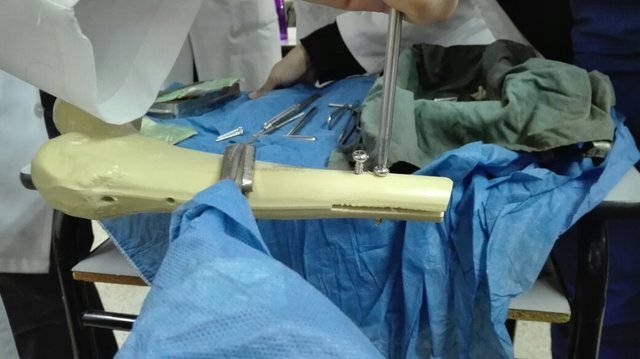
THE ROMAN EMPIRE
Although the teachings of Hippocrates dominated thought for many centuries after his death, there are some noteworthy contributions to orthopedics. During the Roman Empire, there was another respected Greek figure called Galen (129-199 B.C.). He was originally from Pergamo and was a gladiator surgeon before moving to Rome. He is often called the "father of sports medicine". He gave an excellent description of the skeleton and the muscles that move it. In particular, the way in which signals are sent from the brain to the muscles through the nerves. He was the first to describe a case of a cervical rib. He talks about bone destruction, kidnapping and repair in osteomyelitis and sometimes performed resections in such cases. He is believed to have been the first to use the Greek words kyphosis, lordosis and scoliosis for the deformities described in the Hippocratic texts. He also designed some methods to correct such deformities.
During this Greco-Roman period, there were attempts to design artificial prostheses. There are descriptions of wooden legs, iron hands and artificial feet. Sorano of Ephesus is believed to have been the first to describe rickets. Rufus of Ephesus described tendon ganglia and their treatment by compression. Antillus of the 3rd century practiced subcutaneous tenotomies to release contractures around joints. It is said that he used linen sutures and catgut in his procedures. During this period different drills, saws and chisels were also made.
THE ARABIC EPOCH
Another Greek, called Paul of Egina (625-690 B.C.) worked in Alexandria and wrote the "Epitome of Medicine", consisting of seven books based on Hippocratic texts. The sixth book deals with fractures and dislocations. With the invasion of Alexandria by the Muslims, many great books like this one were captured and translated into Arabic. The great library of Alexandria was set on fire. Although Arab practices were considered an extension of Greek practices, the use of Paris plaster in the 10th century was significant. The addition of water to a dehydrated calcium sulfate powder produced a crystalline material. A Persian known by the name of Abu Mansur Muwaffak described the placement of gypsum for fractures and other bone injuries of the limbs.

If you need recommendations or help in orthopedic surgery and traumatology do not hesitate to contact me.
Dr. Leopoldo Maizo - Orthopedic Surgeon
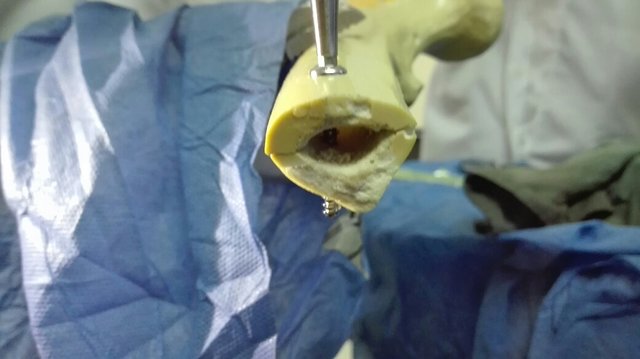
If you want to read more I invite you to visit my page:
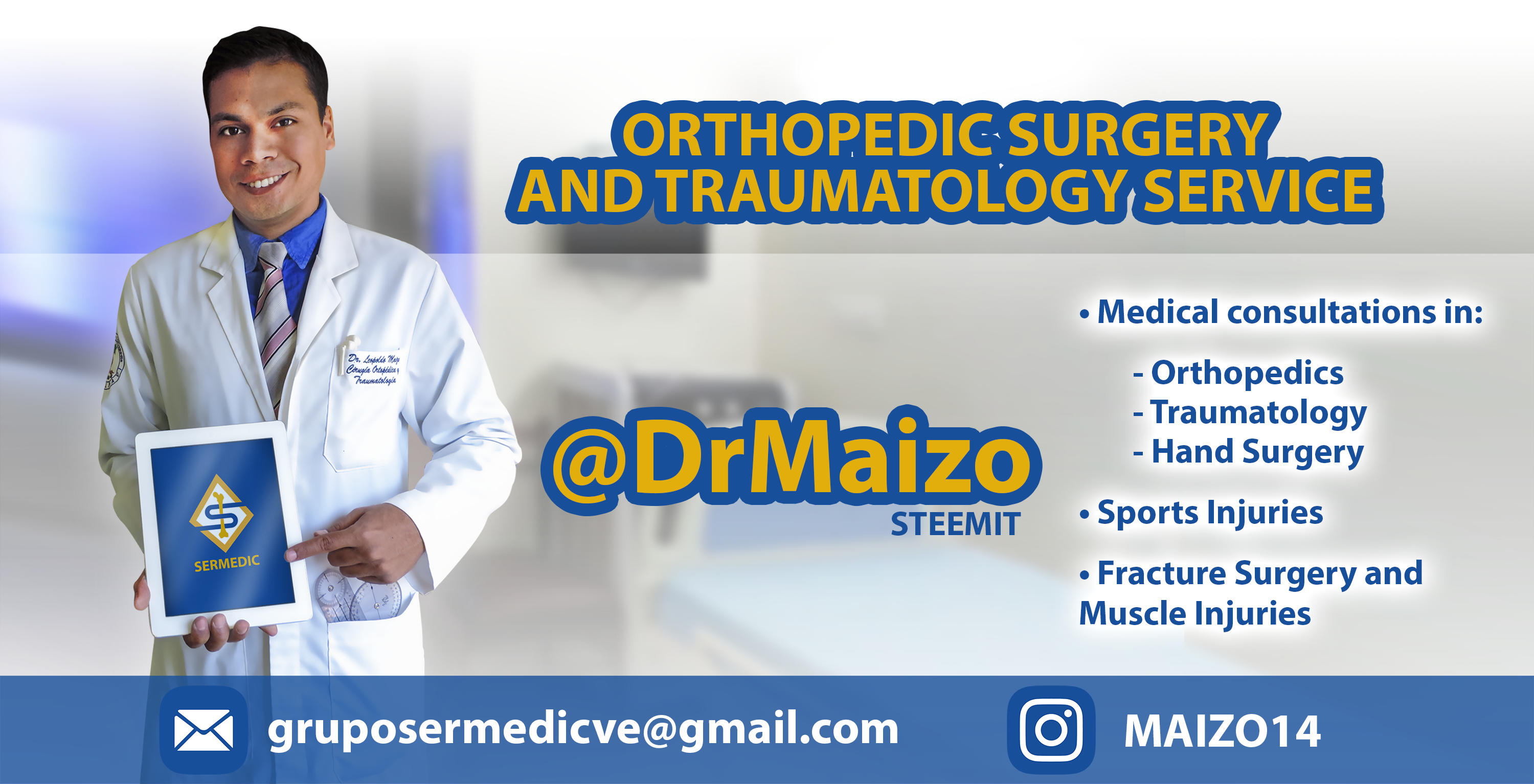
Firma diseñada por @themonkeyzuelans, contáctalos vía Discord "themonkeyzuelans#9087"
Great projects from the Steemit community:
- My Fundition campaign: https://fundition.io/#!/@drmaizo/6f88ggj8h



.png)